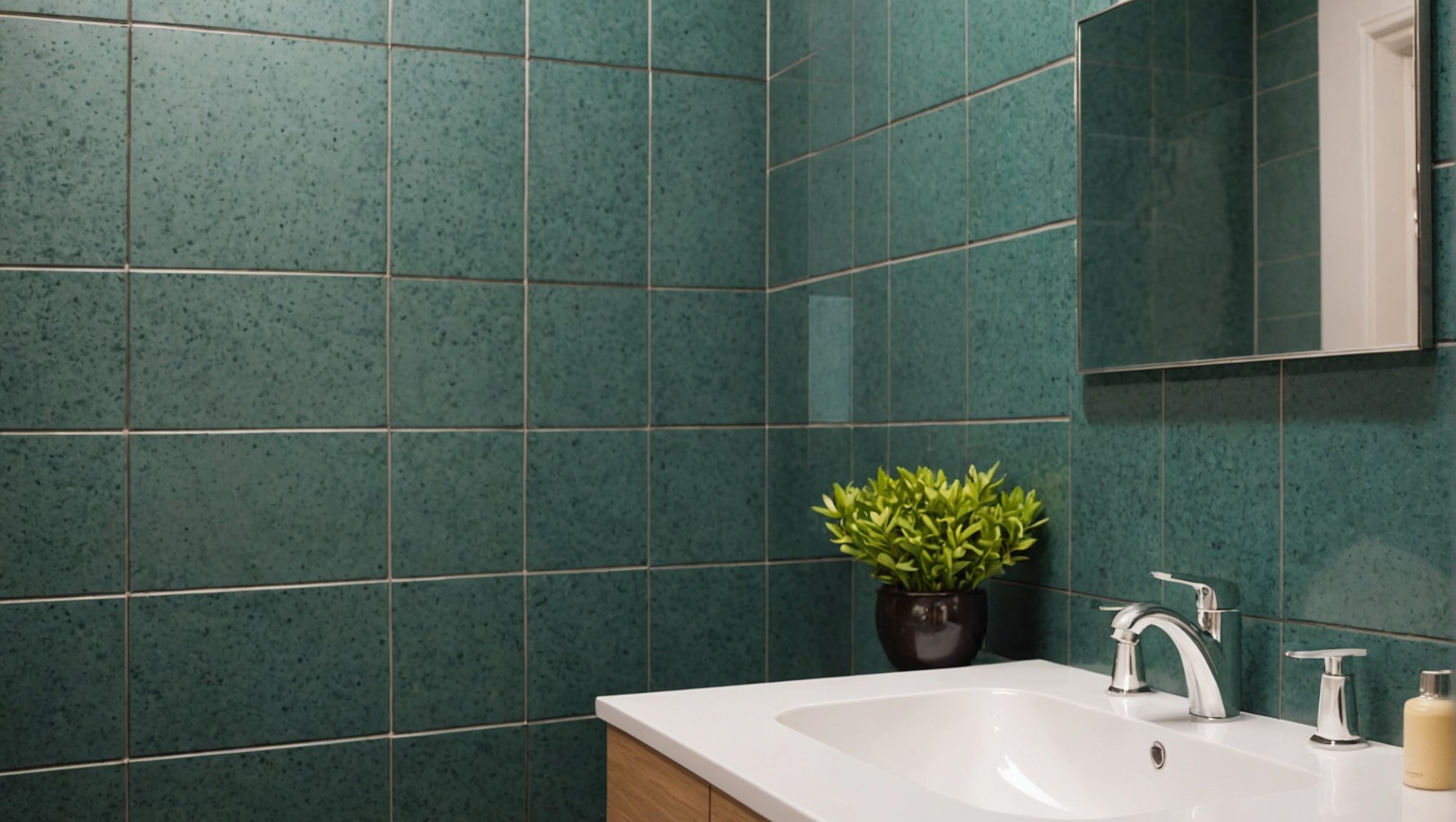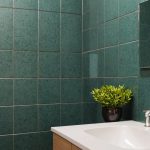Mold is an unwanted and unsightly guest that often invades bathrooms in many homes in the UK. This microscopic organism thrives in damp, warm spaces such as a bathroom without a window. Managing bathroom mold can be quite a challenge, but with the right tips and strategies, it’s a battle you can win. This article will provide you with practical strategies to prevent mold and maintain an aesthetically-pleasing, hygienic bathroom.
Understanding the Causes of Bathroom Mold
Before diving into the prevention steps, it’s crucial to understand the causes behind the formation of mold in your bathroom. Fundamentally, mold thrives on moisture and condensation. A bathroom without windows tends to have limited ventilation, creating the perfect environment for mold to grow.
When you take a hot shower, the bathroom walls absorb the heat, creating a warm surface. The steam from the shower increases the moisture level in the air, leading to condensation on the bathroom walls and surfaces. Over time, this dampness facilitates the growth of mold.
Additionally, certain materials such as wallpaper, grout, or drywall can be particularly susceptible to mold growth. Having a clear understanding of these causes will help you implement effective solutions to keep your bathroom mold-free.
Implementing Effective Ventilation
One of the best ways to prevent mold in a windowless bathroom is by ensuring that there is efficient ventilation. Without a window to let the hot, damp air escape, you’ll need to rely on other methods to circulate the air.
An exhaust fan is a reliable solution, particularly if you use it correctly. After a bath or shower, leave the fan running for at least 30-45 minutes to clear the damp air. If you don’t have an exhaust fan, consider installing one. Alternatively, use a portable fan to circulate the air and help dry out the bathroom.
Dehumidifiers are also an excellent choice. They help to keep the moisture level low, making the environment less conducive for mold growth. Remember, the key here is to quickly remove the excess moisture, so the sooner you can get the air circulating, the better.
Regular Cleaning
Regular and thorough cleaning is another critical measure to prevent mold. Fungi spores can easily get embedded into the nooks and crannies of your bathroom surfaces. By keeping these areas clean, you can prevent the mold from gaining a foothold.
Use a mould cleaner or a mixture of bleach and water to clean your bathroom at least once a week. Pay special attention to the corners and edges where mold tends to grow first. Make sure to dry the surfaces thoroughly after cleaning. A squeegee is a handy tool to have for this task, as it allows you to remove water from your shower walls and floor tiles effectively.
Painting and Sealing
The type of paint you use in your bathroom can significantly affect the growth of mold. Consider using mold-resistant paint, which contains chemicals that stop the growth of mold and mildew. These paints are more effective in high-moisture areas like a bathroom without windows.
Sealing the gaps and cracks in your bathroom can also help to keep the moisture out. Use a silicone-based sealant around the edges of your shower or bath, along the baseboards, and any other areas where water can seep in.
Adopting Habits to Reduce Moisture
Lastly, it’s about adopting habits that can reduce the level of moisture in your bathroom. Simple actions like leaving the bathroom door open after a shower can help to reduce condensation.
Another tip is to use cold water to start your shower and then gradually increase the temperature. This prevents a sudden burst of steam, which can lead to condensation. Using a bathmat will absorb excess water, preventing it from soaking into the tiles or the grout.
While mold prevention in a windowless bathroom might seem like a daunting task, it’s entirely manageable. By understanding the causes, using effective ventilation, keeping surfaces clean and dry, using mold-resistant paint and adopting habits to reduce moisture, you can keep your bathroom mold-free. Always remember: a little effort can keep your bathroom a pleasant, clean and healthy space.
Using Mold-Resistant Products
Mold-resistant products play an essential role in preventing mold growth in a windowless bathroom. From mold-resistant paint and sealants to shower curtains and bath mats, several products can help create an environment where mold finds it hard to grow.
Start by considering mold-resistant paint. This type of paint contains additives that inhibit the growth of mold and mildew. It’s an excellent option for high-humidity areas like bathrooms, especially those without windows. When you next redecorate your bathroom, consider using this type of paint. While it may cost slightly more than standard paint, it can save you the trouble of dealing with mold later on.
Sealants and grout are also available in mold-resistant varieties. Using these products can help prevent mold from taking root in the corners and crevices of your bathroom. When applying sealant, ensure you pay attention to areas around your bathroom fixtures, such as the bathtub, sink, and toilet, which can often be susceptible to excess moisture.
If you have a shower curtain or a bath mat, opt for mold-resistant materials. These products are crafted from materials designed to resist the growth of mold, helping to keep your bathroom clean and safe.
Finally, consider using anti-mold cleaning agents for your regular bathroom clean-up. These products not only kill existing mold but also leave a residue that prevents future mold growth.
Professional Help and Regular Maintenance
In some cases, despite your best efforts, you might still notice signs of mold in your bathroom. Black mould, for example, is particularly stubborn and can pose a significant health risk. In such instances, it may be best to enlist the help of professionals to ensure the mold is effectively removed.
Experts in mold removal can use advanced tools and chemicals that can get rid of mould more effectively than common household products. They can also identify potential problem areas that you may have overlooked.
Regular maintenance is also key in preventing mold. Even after a successful mold removal, it is important to stay vigilant to prevent future mold growth. Keep the exhaust fan clean and in good working condition. Clean the bathroom regularly using anti-mold products. Lastly, always handle any plumbing issues promptly to prevent water leaks that can lead to excess moisture, facilitating mold growth.
Conclusion
Keeping a clean, mold-free bathroom is crucial for the health and wellbeing of your household. With a bit of effort and the right strategies, you can indeed prevent mold from growing in a windowless bathroom. Understand the causes of mold, ensure effective ventilation, regularly clean and maintain the bathroom, and use mold-resistant products. Additionally, watch out for habits that create excess moisture, and don’t hesitate to seek professional help when necessary.
Remember, prevention is better than cure. Keeping bathroom mold at bay not only maintains the aesthetics of your bathroom but also goes a long way in ensuring a healthy living environment.
















